Safeguarding Education:
The Importance of Comprehensive Building Inspections for Your Educational Buildings
Comprehensive building inspections are essential for effectively managing an educational building, serving far more than just a regulatory requirement. By conducting a detailed Property Condition Assessment, establishing a proactive Maintenance Strategy Program, analyzing financial implications through the Opinion of Cost Report, and preparing for the future with a Capital Reserve Forecast, educational building owners and administrators demonstrate a genuine commitment to maintaining a safe, efficient, and conducive learning environment for students, staff, and visitors. This approach not only protects your investment but also ensures your building remains a reliable and valuable asset for future generations.
The Role of a Property Condition Assessment (PCA)
We perform commercial inspection services for all types of educational buildings/campuses. Continue scrolling to see some of our Educational Building Portfolio.
A Property Condition Assessment (PCA) serves as a functional tool for understanding the current state of your educational building. It provides an in-depth investigation of the building's structural, mechanical, electrical, plumbing, and fire safety systems. The PCA helps target any existing or potential issues, providing building owners or administrators with a comprehensive understanding of the property's overall condition.
By conducting a PCA, you receive a detailed insight into the health of your educational facility and the steps necessary to address any immediate concerns. A PCA is conducted by qualified professionals who meticulously inspect every aspect of the building, from the foundation to the roof, ensuring that all safety and functionality standards are met. They assess the age, functionality, and remaining lifespan of various systems, identifying areas that need immediate repair, replacement, or monitoring. This comprehensive report ensures that you are aware of any concerns before they escalate into costly problems, enabling you to make informed decisions about maintaining a safe learning environment.
This process isn’t just about addressing current issues but about proactively identifying potential problems that could compromise student safety or disrupt school operations. Such foresight reflects a dedication to providing a secure, nurturing space where students can learn and thrive.
The Maintenance Strategy Program: A Proactive Approach
A significant benefit of a comprehensive building inspection is the development of a Maintenance Strategy Program. This proactive approach to building management involves creating a customized plan based on the findings of the PCA. It focuses on regular maintenance tasks, preventative measures, and repair schedules that will help prolong the life of your building's systems and components, ensuring that the learning environment remains safe and functional.
The Maintenance Strategy Program offers a systematic approach to preserving your educational building’s physical integrity over the long term. This program builds on the findings of a PCA and Property Condition Report (PCR), as well as supplementary reports such as a Cost to Cure or a Reserve Study. Unlike a one-time inspection, the Maintenance Strategy Program is a continuous process of monitoring, planning, and executing necessary repairs and replacements.
By establishing a strategic maintenance plan, you can avoid unforeseen, costly repairs that could disrupt the educational process. Regular maintenance minimizes the risk of unexpected breakdowns, reduces repair costs, and extends the lifespan of your building's infrastructure. This proactive approach not only saves money in the long run but also ensures that your school remains a safe and conducive environment for learning.
The Power of the Opinion of Cost Report
An Opinion of Cost Report is a crucial part of the comprehensive building inspection process. This report provides a detailed estimate of the true costs associated with any repairs, replacements, or maintenance activities identified during the PCA. The Opinion of Cost Report, along with the Maintenance Strategy Program provides an in-depth look at both when repairs should be scheduled and what the cost of those repairs will be. For educational institutions that often work within strict budget constraints, this report is invaluable in helping allocate funds wisely, ensuring that safety and functionality are never compromised.
The Opinion of Cost Report enables educational administrators to plan their budgets effectively, ensuring that they are financially prepared to address any issues that may arise. It also aids in long-term financial planning, allowing schools to prioritize maintenance and repair projects without diverting resources from other essential educational programs. By having a realistic view of potential costs, you can avoid unexpected expenses and maintain financial stability, ensuring that the school's infrastructure continues to support its educational mission.
Planning for the Future with a Capital Reserve Forecast
A Capital Reserve Forecast is a long-term financial plan that projects the funds needed to maintain and repair your building over time. This forecast takes into account the findings of the PCA, the Maintenance Strategy Program, and the Opinion of Cost Report to provide a comprehensive view of your building’s future financial requirements. This analysis offers a multiple-year outlook—commonly five, ten, or fifteen years—based on your building’s current condition and the anticipated lifespan of its various components. Whereas the Opinion of Cost will compile more immediate cost, for example, from the current year to the 4th year, the Capital Reserve Forecast aggregates the cost of repair, replacement, or maintenance with inflation for up to 15 years. Thereby providing a full financial outlook on the real cost of maintaining the building.
By developing a Capital Reserve Forecast, educational institutions can anticipate future expenses, plan for significant repairs or replacements, and ensure that they have the necessary funds to maintain the building's integrity. This proactive approach to financial planning helps avoid unexpected costs, reduces the risk of costly emergencies, and ensures that your educational building remains a valuable educational asset for the community for years to come.
Conclusion: Honoring Your Commitment to Stewardship
Comprehensive building inspections are more than just a formality—they are a fundamental part of managing an educational building effectively. By conducting a thorough Property Condition Assessment, implementing a proactive Maintenance Strategy Program, understanding the financial implications through the Opinion of Cost Report, and planning for the future with a Capital Reserve Forecast, you demonstrate a commitment to maintaining a safe, efficient, and sustainable environment for students, staff, and visitors.
Investing in comprehensive building inspections is not just about protecting your assets; it's about honoring your responsibility to provide a safe, reliable space for education. It’s about ensuring that your educational building remains a valuable, secure, and supportive environment that meets the demands of today’s learners and adapts to the challenges of tomorrow.
(Educational properties include, but are not limited to, school buildings, school campuses, school districts, college buildings and campuses, daycares, and private schools.)
Take Action Toward Safeguarding Your Educational Building’s Future Now!
If you are interested in discussing the needs of your educational facility and learning more about how a Property Condition Assessment or Maintenance Strategy Program can help you maintain your building with foresight and stewardship, please contact us today. Our team is here to provide you with the expertise and support necessary to ensure your facility remains as safe and operable as possible. Reach out now to schedule a consultation and take the first step toward a more sustainable and proactive approach to building maintenance.
Inspector Lance Coffman is a Certified Master Inspector.
Backed by Experience, Knowledge, and Integrity
Educational Buildings Inspected by Focus Building Inspections
With extensive experience in inspecting commercial educational buildings, we understand the unique challenges that come with maintaining these facilities. Our thorough knowledge and skills ensure that every inspection is detailed and reliable, providing you with the insights needed to care for your building responsibly. Trust our team to help you protect your asset’s future and uphold your commitment to educating your community.
LOCATIONS WE SERVE
• Oklahoma • Missouri • Kansas • Arkansas• Texas
We Do All Things in Excellence and For His Glory!
“17 And whatever you do, in word or deed, do everything in the name of the Lord Jesus, giving thanks to God the Father through him.”
Focus Building Inspections Company Overview
TAKE A LOOK INSIDE OUR Company BOOKLET, YOU’LL FIND The:
overview of our company
team credentials
clients we serve
properties we inspect
breakdown of our services
standards and scope of practice
company communication details
Focus Building Inspections Sample Proposal
TAKE A LOOK AT OUR SAMPLE PROPOSAL, YOU’LL FIND THE:
company and team summary
mission and vision
project timeline
description of property
proposed budget
additional considerations
standards of practice
Bibliography
ASTM International. (2020). Standard Guide for Property Condition Assessments: Baseline Property Condition Assessment Process (ASTM E2018-15). ASTM International. Retrieved from ASTM International.
Building Inspection Professionals Association (BIPA). (2020). Best Practices for Commercial Building Inspections.
BOMA International. (2019). Preventive Maintenance Guidebook: Best Practices to Maintain Efficient and Sustainable Buildings. Building Owners and Managers Association International. Retrieved from BOMA International.
Fannie Mae. (2021). Property Condition Assessment (PCA) Guidance for Multifamily Loan Applications. Fannie Mae.
Federal Housing Administration (FHA). (2022). Multifamily Accelerated Processing (MAP) Guide. U.S. Department of Housing and Urban Development (HUD).
International Code Council (ICC). (2019). International Building Code (IBC). ICC.
International Facility Management Association (IFMA). (2021). Operations & Maintenance Benchmarks: Research Report #34. International Facility Management Association. Retrieved from IFMA.
National Trust for Historic Preservation. (2020). Maintaining Historic Religious Properties: A Practical Guide for Congregations. National Trust for Historic Preservation. Retrieved from National Trust.
R.S. Means Company. (2021). RSMeans Cost Data. R.S. Means Company. Retrieved from RSMeans.
The Appraisal Institute. (2013). The Dictionary of Real Estate Appraisal (6th Edition). The Appraisal Institute.
U.S. Environmental Protection Agency (EPA). (2022). Energy Star Guidelines for Energy Management in Worship Facilities. U.S. Environmental Protection Agency. Retrieved from EPA.
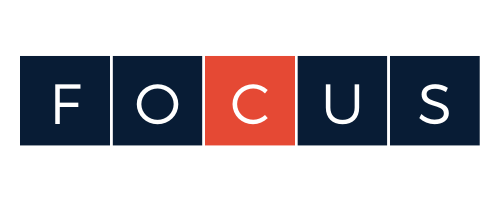


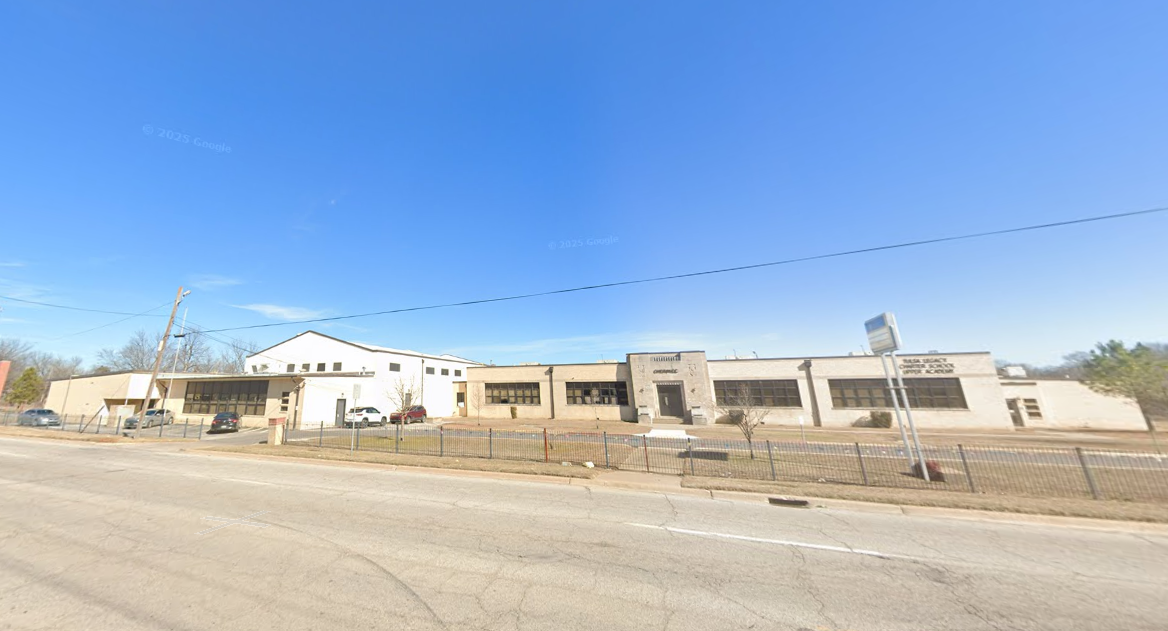
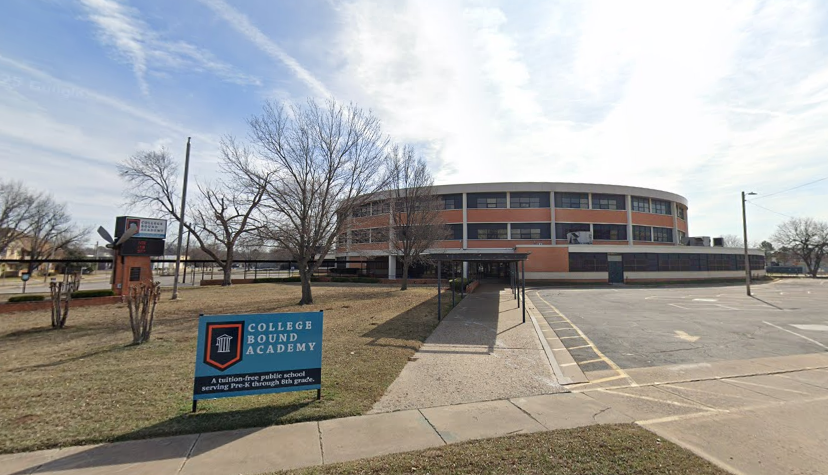
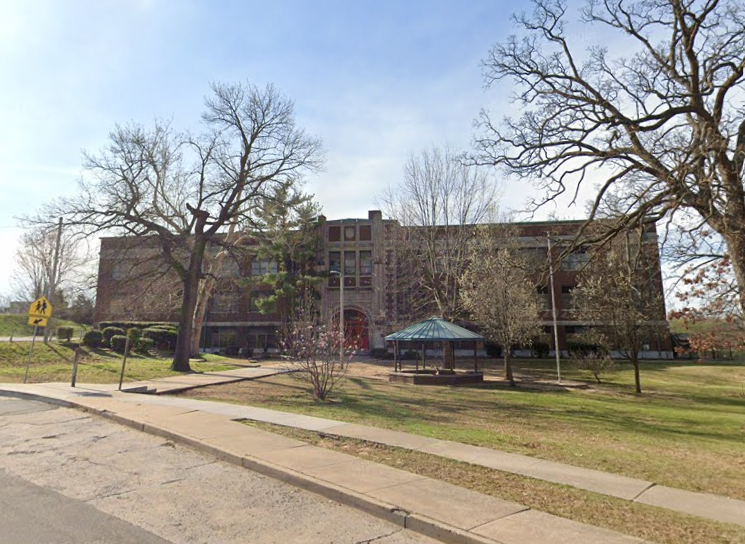
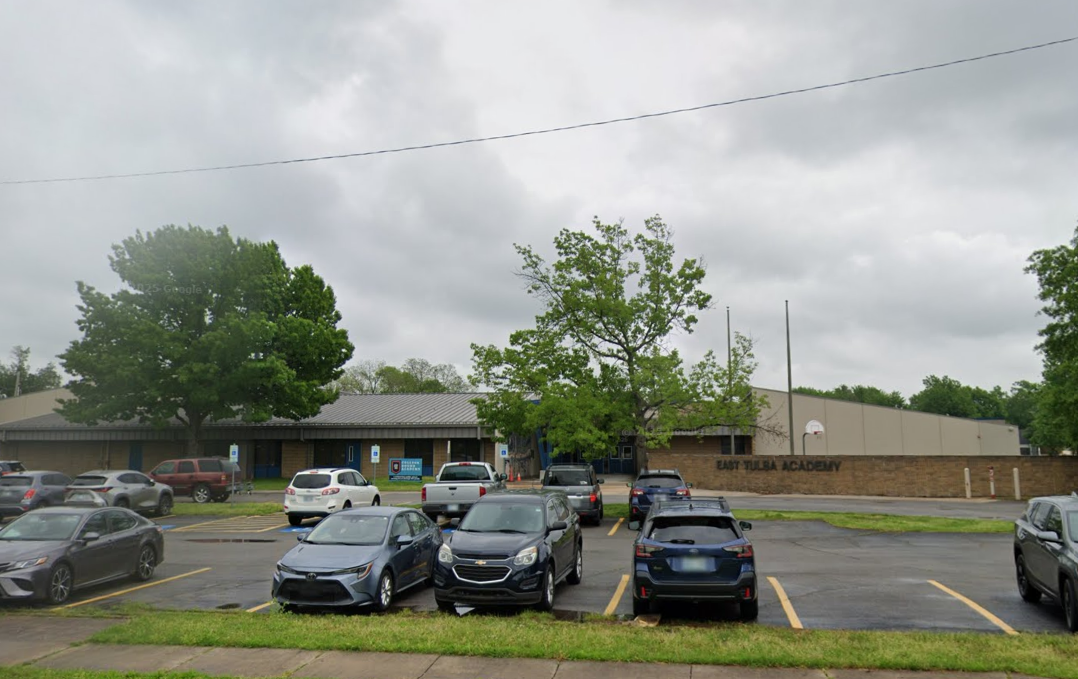
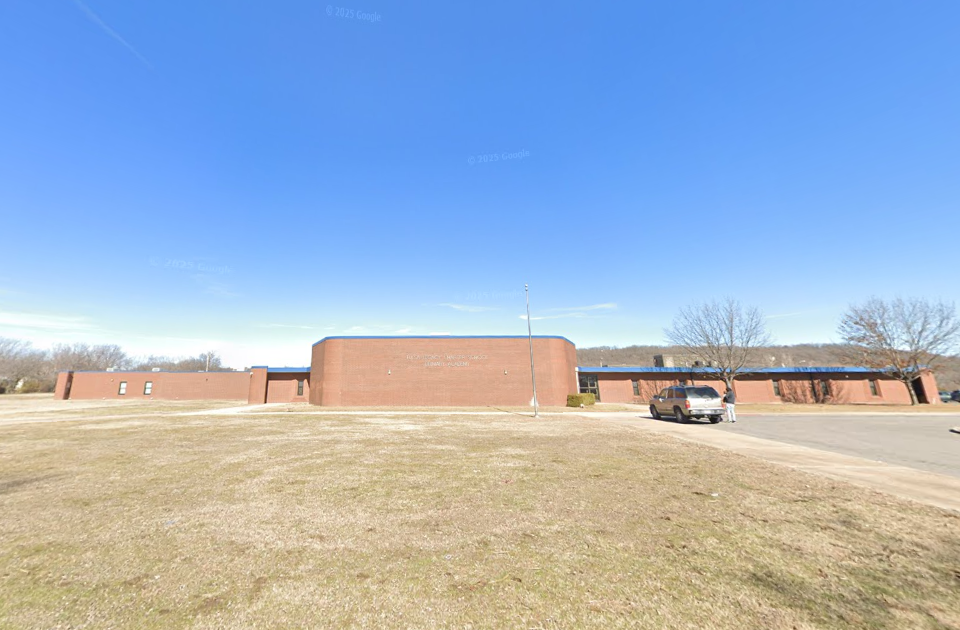
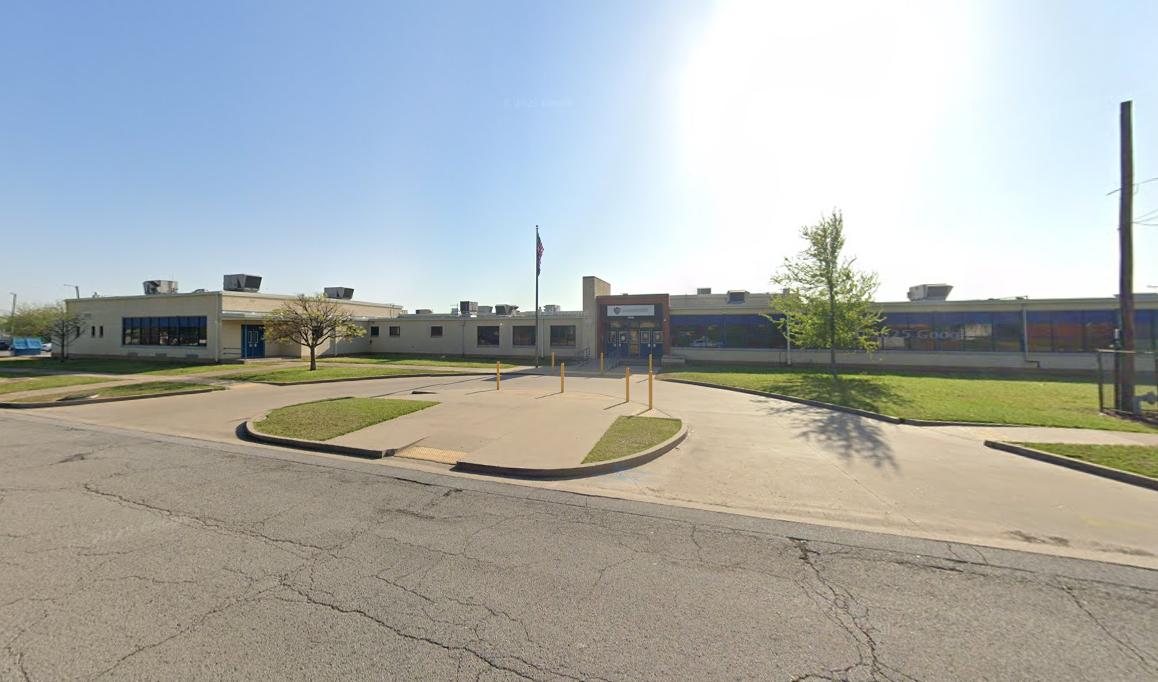
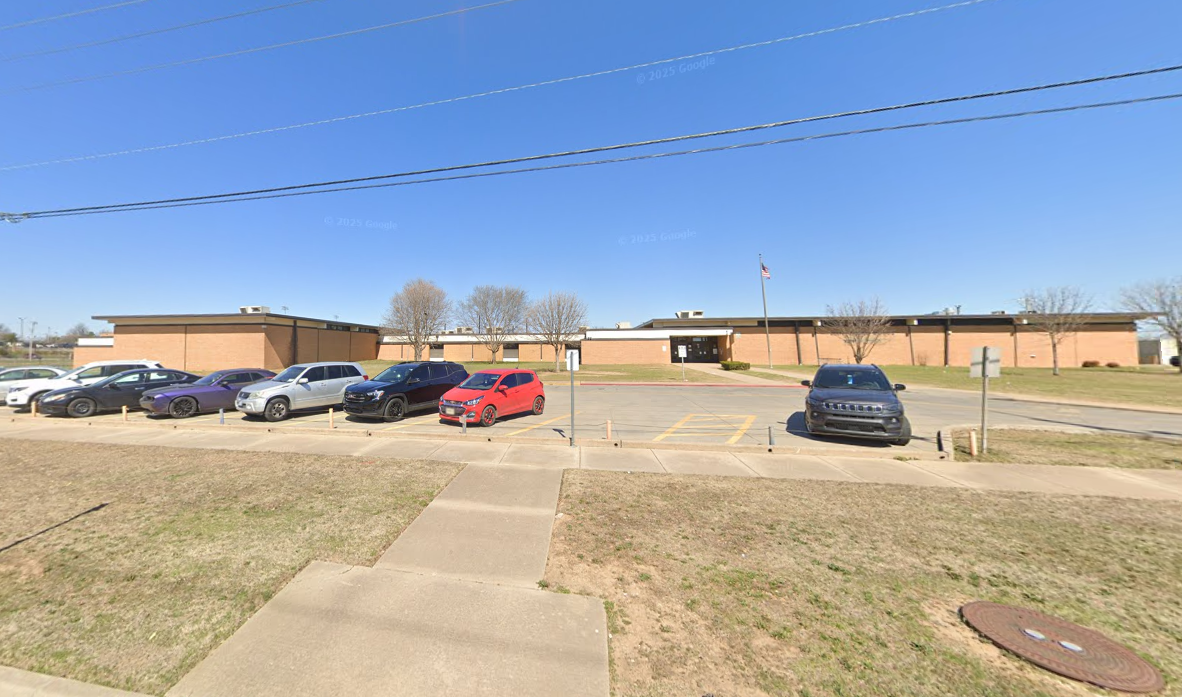

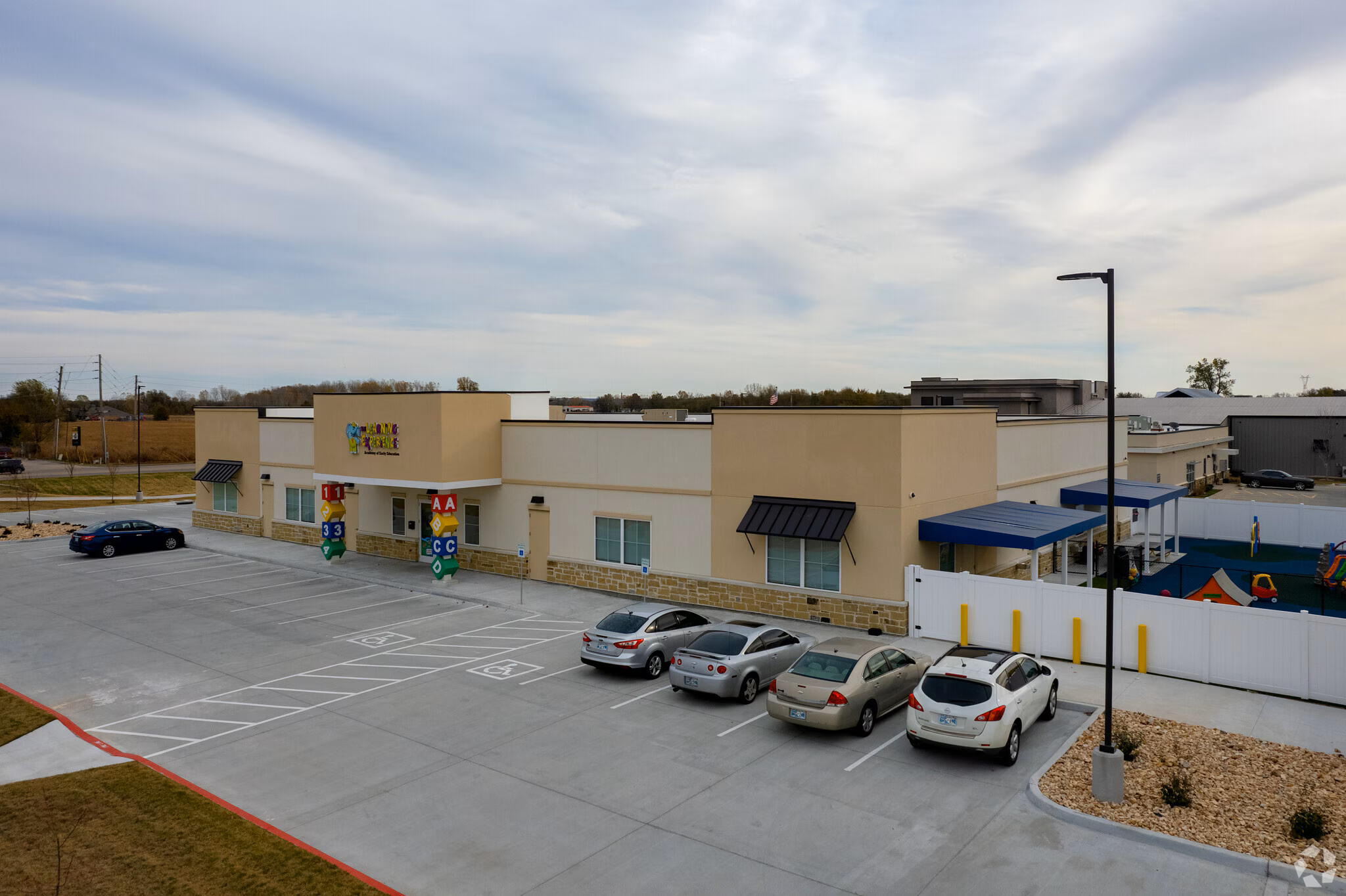
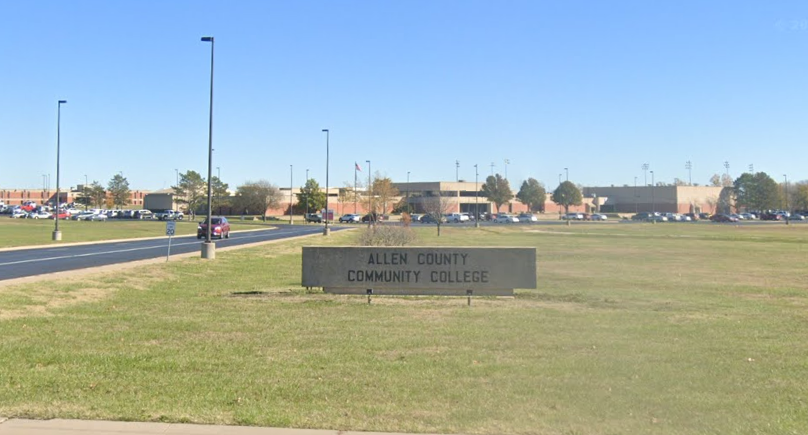


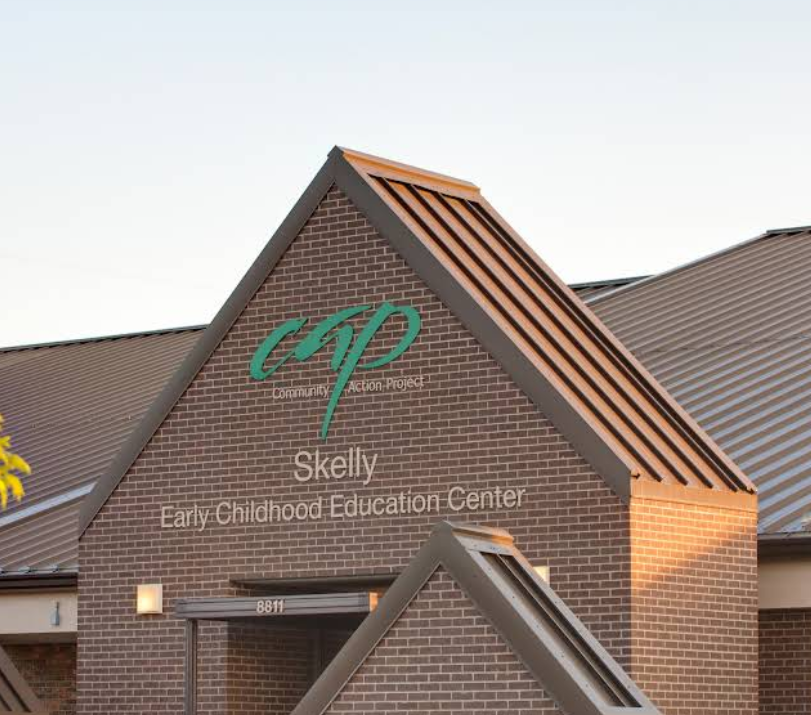
















Religious Building: Jenks, OK 8/18/2025